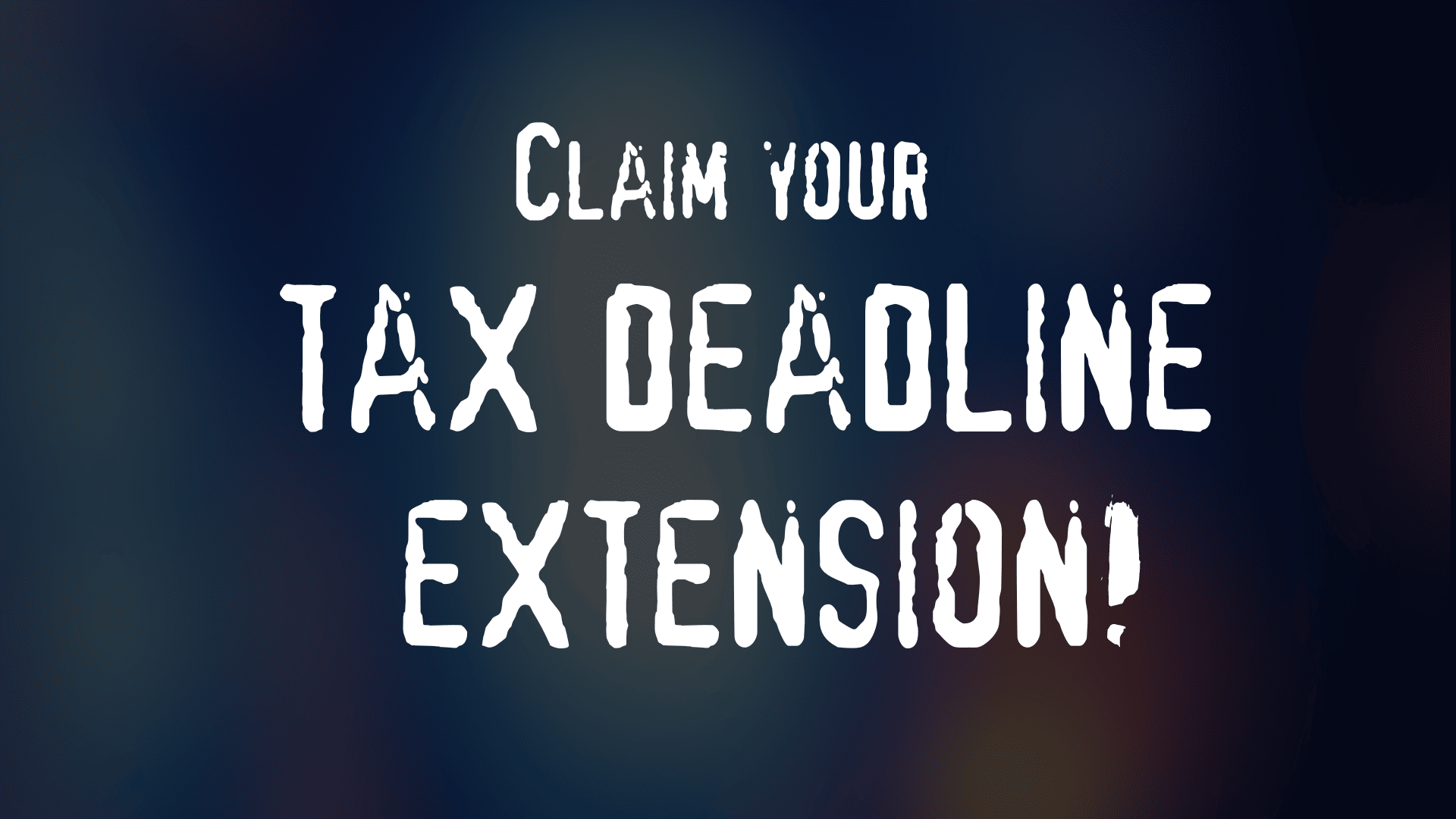Many Kiwis prefer to work for themselves rather than an employer, but it’s certainly not for everyone. There’s usually a lot of time, effort and responsibility involved in creating and running a business, beyond the work you do to earn an income. However, if you seek professional advice, make well-informed decisions and work hard, it can be enormously rewarding. This article is designed to help you get started on deciding what’s best for you and planning ahead for success.
Contracting or freelancing as a sole trader
If you have skills or qualifications that are in demand, one of the simplest ways to start your own business is to operate as a sole trader. Ranging from a variety of gig work and temping assignments to longer-term contracts with different customers, this type of business appeals to many Kiwis. Here are some possible pros and cons to help you get started on deciding whether contracting is for you.
Some common positives are that you:
- Choose what work you do, how you do it and who you work for.
- Potentially get paid more than you would as an employee.
- Can plan ahead for extended time off work, for things like travel or up-skilling.
- Get to experience a variety of work cultures and ways to get things done.
Potential challenges can include:
- No sick leave or holiday pay, and much less job security.
- You’re responsible for your own accounting and taxes – or paying someone to do it.
- There may be initial and ongoing costs for equipment, as well as things like liability insurance.
- There can be income gaps between contracts.
- You have to pay for your own training and skill development to stay up-to-date.
- Getting credit or home loan approval can be more difficult with an irregular income.
Before deciding to go contracting, it’s a good idea to talk with people who do it in similar fields to hear their pros and cons, plus anything they might do differently if starting out again. It also pays to get financial or business advice to test your assumptions and identify any gaps in your financial planning.
To learn more, see our article on accounting and tax when you have several jobs.
Buying an existing business
If you’re keen to operate a business rather than work as a contractor, it’s sometimes less expensive to buy an existing business than to start from scratch. This can be particularly true if you’d have substantial set up costs for things like equipment, stock and marketing. You’ll also avoid the often treacherous start-up phase that sees many dreams come unstuck.
If you choose a business wisely, you’ll potentially hit the ground running with staff, customers, contracts, suppliers, premises and a trusted brand all in place. Although you’ll have to finance the business up front, you’ll probably have a proven business model that’s immediately profitable.
Here are the main steps to buying well:
Initial research: Find out as much as you can about the business, its target market, competitors and suppliers. Also research industry trends, regulatory requirements, and any emerging changes.
Due diligence: If you’re still keen, you can let the person in charge of the sale know you’re interested and request access to information to conduct due diligence. You’ll normally have to sign a confidentiality agreement first. Ask your accountant to review the financial history and balance sheet. Be sure to look into existing contracts, asset and intellectual property ownership, staff capabilities and engagement with the business, customer and supplier loyalty/security, and any unsettled legal issues.
Presenting an offer: As a buyer you’ll be looking for a suitable return on your investment, or at least the potential to build one. Apart from the historic profitability, the value of a business will lie in its assets, (minus debts), and something called “goodwill”, which is basically the strength of a business’s reputation and customer base. To help value the goodwill, it’s a good idea to bring in some trusted professionals, such as your accountant, an asset valuer and a business specialist. Finally, you’ll need a lawyer to prepare a contract, which can include the price, whether GST is included or the sale is zero rated, a payment schedule, whether you’ll retain existing staff and restraint of trade conditions. Restraint of trade conditions cover if, when and where the owner can start a new business in the same market as you.
Getting started: If you buy a company, you’ll need to update ownership details with the New Zealand Companies Office. If you didn’t agree to keep the staff on, you’ll need to negotiate new employment agreements with staff you do want to keep. The previous owner will have responsibility for handling redundancies. Some “vulnerable workers”. (such as cleaners, caterers, laundry workers, orderlies and caretakers), may have the right to choose to be transferred to the new owner. If you agreed to keep the staff on, you’ll inherit the existing employment contracts.
To learn more:
- The Companies Office help centre has a section on keeping company details up to date
- Business.govt.nz has a handy and comprehensive employee agreement builder
Buying a franchise
Buying a franchise business usually comes with a lot more support, but less choice on how you can run the business. It’s important to get an experienced franchise lawyer to check any agreement before you sign it. You should also look into ongoing compulsory costs for things like stock and advertising. The franchisor should provide you with a detailed disclosure statement covering the company’s history and performance.
Creating your own business from scratch
Starting and running your own business can be enormously rewarding, but it’s also a huge challenge. You’re probably in for long hours and highly unpredictable income for quite some time before things settle down or simply prove to be impossible. You’ll need to be brave, determined, flexible, ready to learn and willing to compromise your lifestyle for a while. If you’re all fired up and ready to start, then it’s time to test your business idea.
Research
Before you give up your current job or borrow money to start your own business, it’s important to make sure your idea is as viable as you think it is.
Simple ideas are often the most successful. It might be a new product or service that fills a gap in the market, or simply a variation or improvement on something that already exists. The important thing is to solve a problem people have in a way that’s better than anyone else’s solution.
You can start by thinking about:
- Demand: What need or problem does your business idea solve and how big is that market?
- Unique point of difference: What will make your business better than the rest?
- Customer personas: Descriptions of your main customer types using detailed stories about a fictitious person who represents each type – their typical age, likes, dislikes, income, location, aspirations, challenges, fears etc.
- Competitor analysis: Who are your competitors? How many are there? Could more copy or move into your market once your idea is out there? How easy would that be for them? How can you remain better than competitors?
- Pricing: Research what competitors charge for similar products or services and ask your typical customer types what they would pay. Could you improve on your competitors and charge more? If you charge less, would they think your offering was not as good?
- Profit and loss: How much would you have to charge or sell to cover your basic expenses? When might you be able to pay yourself an income? When would your income reach something you’d be happy with? Can you support the business financially for that long?
- Purpose: Apart from making money, why do you want to do this? What’s at the heart of this business idea that will keep you motivated and customers engaged? What is it you believe in and stand for?
Plan
With some in-depth thinking done, and things still looking viable, it’s time to increase the detail and formalise a business plan. The easiest way to do this is to get a good template, then ask for help from a business coach or accountant if you’re not sure about anything.
To learn more:
- See our helpful article on how to write a business plan
- The business.govt.nz website has guided and easy to follow free business plan templates
Structure
Part of your business plan will include its proposed structure. Most New Zealand businesses are either a sole trader, a partnership or a company. Each one has different legal and tax obligations, and related compliance costs. It’s important to get advice from an accountant or business lawyer before choosing the right structure for you and your business.
A sole trader: This is the simplest option, however you’re personally responsible for all debts and all profits are treated as your personal income for tax purposes. It can also be harder to attract investors, grow the business or sell it. If you employ someone, you have to register as an employer with Inland Revenue. If you start out as a sole trader, you can always turn the business into a partnership or company later on.
A partnership: This is a bit like a group of sole traders. Each partner invests in the business and is liable for their personal debts, but each partner is also liable for all business debts, not just their share. A partnership agreement describes how profits, debts and workload will be shared. All income is distributed between the partners. Although the partnership doesn’t pay tax, it still files an annual tax return along with the personal tax returns of each partner. If other staff are hired, the partnership has to register as an employer. Professionals – such as accountants, lawyers, dentists, doctors, architects, and advertising or public relations specialists – often form a partnership to create a “practice” or “agency” together.
A company: This is the most complex and regulated option. It has shareholders who are liable for their share of any business debts, which is based on the percentage of shares they hold. A company pays a dividend to shareholders out of the profit it makes, plus salaries to directors and employees. Directors have legal responsibilities they should understand before taking up the role. The company has to file an annual tax return with Inland Revenue, plus an annual return to the Companies Office to confirm shareholder, director and address details. The company pays tax on any profit it makes after all expenses, dividends and salaries are deducted from sales or income. The company tax rate is usually lower than the top tier of personal income tax. When staff are hired, the company has to register as an employer. Forming a company usually makes it easier to grow, attract investors and sell the business. It can also help your business to look more like the real deal.
Protect
A lot of the value in your business will come from what makes it unique – such as your business name, logo, website address, operating processes and databases, as well as things like inventions, product designs, recipes and even unique plant varieties. Preventing others from copying them reduces competition and adds to what your business owns and its value. You may even charge others for a licence to use these things long before you sell your business.
Here are some tips to help you get started:
Business name: Search the internet to make sure no-one is using your proposed name or a similar one. You can also quickly check if a name is being used as a business name, trade mark, web domain or social media user name by visiting the business.govt.nz tool called OneCheck. If your name is available you can register it with IPONZ. Find out more about how to choose and register a business name in NZ.
If you get a logo designed, make sure it’s unique and able to be registered. The same applies to a strapline or slogan used with your business name. You can use the trademark symbol with a logo to indicate it’s your property or the circled R symbol if you have registered it with IPONZ. The IPONZ website has more on trade marks. If you don’t have a logo yet, you can create one through your Afirmo dashboard.
Customer list and details: Keep these secure with limited user access and sensible password management.
Employee and supplier agreements: Check that these include clauses about confidentiality and who owns intellectual property created by employees as part of their work. Make sure your suppliers have the right to sell you what they provide.
Promotional material: Your website is a place for original ideas, images you own, and the way you present information is automatically protected by copyright. You can include a copyright symbol, your name and year in the footer of each page. The IPONZ website has more on copyright. Your website is not a place for any confidential information. If you don’t have a website yet, you can create on using the Website Builder tool in your Afirmo dashboard.
Inventions: Inventions include any new process or product, how it is made or what it is made from. A patent gives you exclusive rights to commercially exploit the invention for 20 years. If you plan to apply for a patent, it’s important to not show or discuss your invention with anyone until the patent has been granted. Getting a patent can be expensive and the details of your invention become publicly available, but the financial rewards can make it all worthwhile – particularly if you spent a great deal of unpaid time on your unique invention. The IPONZ website has more on patents.
Running your business
Whether you’ve purchased an existing business, started your own, or chosen to work as a sole trader, there will be ongoing tasks and responsibilities to take care of on top of doing what you do. Here are some tips to help you get started on preparing to be a business owner.
Income tax
Individuals and companies must pay tax on pretty much all forms of income, from sales income, professional fees charged and wages to bank account interest and dividends, including any power company dividends. As a business, it’s important to keep records of all income and work-related expenses for seven years in case Inland Revenue audits your tax returns.
The form your business will use to file your annual tax return depends on its structure:
- A sole trader files an IR3 individual income tax return.
- A partnership files an IR7 and the partners file as individuals.
- A company files an IR4, and any directors or shareholders file their own returns.
Provisional tax payments
Provisional tax is a way to pay income tax in installments during the year. A business has to start using this method once its end of year tax bill is over a certain amount. This used to be $2,500, but was increased to $5,000 in 2020 to help reduce compliance costs for small businesses during Covid-19.
Claiming expenses
As a business you can subtract the cost of business-related expenses from your income to reduce the amount you have to pay income tax on. This is known as claiming business expenses. If an expense has both a business and personal use component, such as vehicle or home office expenses, there are particular ways to calculate the work-related percentage to claim.
Schedular payments
If you’re paid by a temping agency for working at other organisations, or you provide regular contract work for other businesses, they may deduct tax for you and pay it directly to Inland Revenue. These are known as schedular payments; it used to be called withholding tax. Inland Revenue should have these payments already showing in your tax return form, but check so you don’t pay tax on them twice.
To learn more:
- If you plan to be a sole trader, see our article on accounting and tax when you have several jobs
- The Inland Revenue site has more on income tax for businesses and provisional tax
GST
If you expect to earn more than $60,000 a year, you have to register for GST, otherwise it’s optional. Once you’re registered, you have to include GST in what you charge. You can then subtract the GST you pay on business expenses before paying the balance to Inland Revenue. See our handy GST Calculator.
You file a GST return every six months, two months or month – just let Inland Revenue know which period you want. It’s usually a matter of how much is involved and not letting things build up for too long. Some types of accounting software make it easy to keep track of GST, prepare your returns and file them directly with Inland Revenue online. You pay the GST owing at the same time your return is due.
ACC
ACC is not part of Inland Revenue, but Inland Revenue provides ACC with information about business income, personal income and contact details.
There are three types of ACC levies – earners’ levy, work levy and working safer levy.
If you’re a business with employees you deduct the earners’ levy from their wages as part of their PAYE payments. Your business also pays a work levy and a working safer levy.
ACC levies are based on your type of work, how much you pay employees and your claims history. ACC will send you an invoice, so you know how much to pay.
If you are self-employed you’ll automatically receive an invoice for ACC CoverPlus, which includes all three levies. Alternatively, you can choose CoverPlus Extra, which lets you set the level of income cover you want and therefore the amount you pay.
Staff
If you employ staff, you need to register as an employer with Inland Revenue, deduct PAYE from their pay, look after automatic KiwiSaver enrolments and deductions, pay KiwiSaver employer contributions, and complete payday filing with Inland Revenue every payday. You’ll also have health and safety compliance and ACC obligations to manage. See our article on hiring your first employee.
Compliance
The business.govt.nz website has a handy online tool that lets you find government (legal) compliance information. You can sort by topic, your industry and your business structure to get straight to the information you need. Topics range from things like selling goods, consumer protection, licencing, taxes and levies, to hiring and managing staff, and health and safety. It’s called compliance matters.
Business advice and support
As we’ve mentioned above, it’s important to involve trusted professionals in your decision-making. That means bringing in an accountant, lawyer or business mentor at key stages, and before you sign anything.
Small businesses are at the heart of New Zealand’s economy and there are plenty of organisations out there willing to listen and share their knowledge and experience.
Examples include:
- The Regional Business Partner Network
- Callaghan Innovation
- Te Puni Kōkiri for Māori Business Growth Support
- Business Mentors for startup mentoring and small business mentoring
- Inland Revenue seminars, webinars and advisory visits for new businesses through their community compliance officers
More From The Learning Hub
- GST Calculator
- Self Employment Tax Calculator
- Are you Self-Employed? These Are Your Tax Obligations.
- How To Create A Website For Your Small Business
- Create a logo, register a domain name and build a website with our Marketing Toolkit
- Power Up Your Business with A Free Afirmo Account




